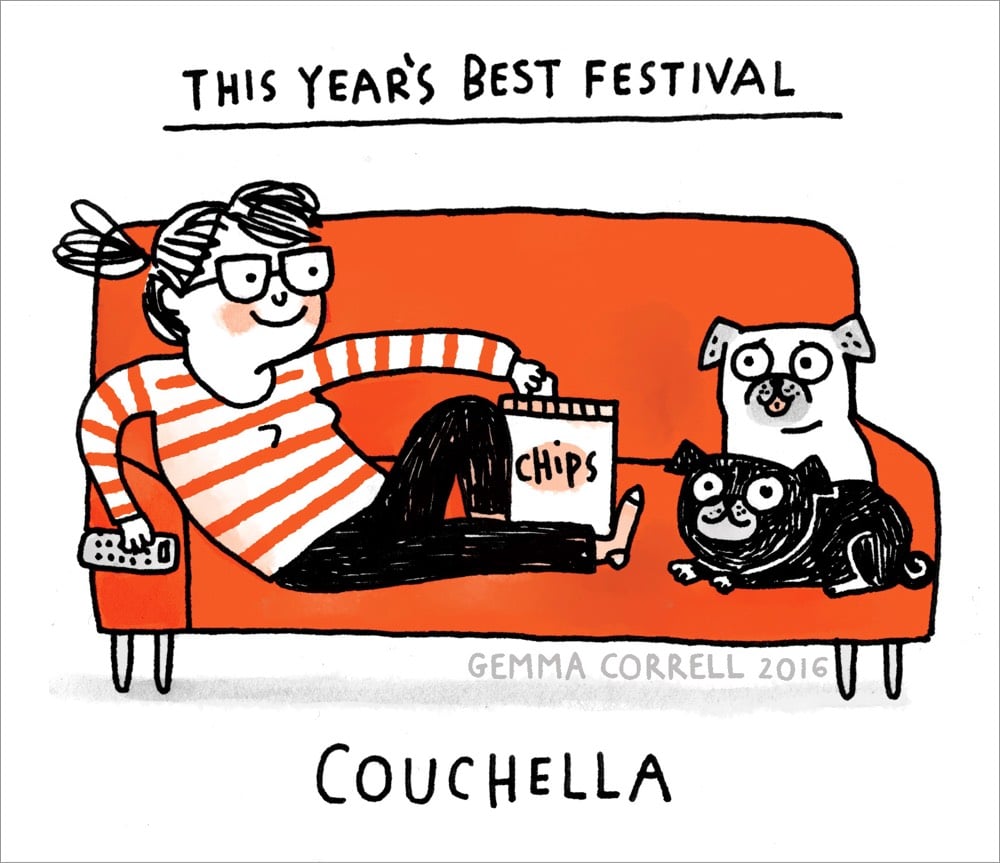Covid-19 Slang and How Language Evolves Quickly in Stressful Times

Kate Burridge and Howard Manns recently wrote a piece about how the Covid-19 pandemic is changing the English language. It’s written from an Australian perspective, so some of the slang might be a bit hard to follow for Americans et al.
In these times of COVID-19, there are the usual suspects: shortenings like “sanny” (hand sanitizer) and “iso” (isolation), abbreviations like BCV (before corona virus) and WFH (working from home), also compounds “corona moaner” (the whingers) and “zoombombing” (the intrusion into a video conference).
Plenty of nouns have been “verbed” too — the toilet paper/pasta/tinned tomatoes have been “magpied”. Even rhyming slang has made a bit of a comeback with Miley Cyrus lending her name to the virus (already end-clipped to “the Miley”). Some combine more than one process — “the isodesk” (or is that “the isobar”) is where many of us are currently spending our days.
“I’ve got the Miley”…I’ve always been a fan of rhyming slang. Linguist Tony Thorne, who specializes in slang & jargon, has compiled a list of new language introduced to (and by) the general public because of the pandemic.
Quarantimes - a hashtag or label for the prevailing circumstances under lockdown due to the coronavirus pandemic
Rona, Lady Rona, roni, rone - the coronavirus personified/familiarised
Boomer remover - the coronavirus viewed as a phenomenon resulting in the decimation of the baby boomer demographic
Covidiot - a person behaving irresponsibly in conditions of containment
Doomscrolling/doomsurfing - obsessively accessing upsetting news online
Infits - outfits worn in conditions of confinement
Zoom mullet - a hairstyle developed in lockdown which is ‘camera-ready’ (presentable to a webcam) at front and sides and dishevelled at the rear
Covid waltz - manoeuvring to avoid close contact with passers-by while distance restrictions are in place
Apropos Couchella illustration by the awesome Gemma Correll. (via lera boroditsky)





Stay Connected